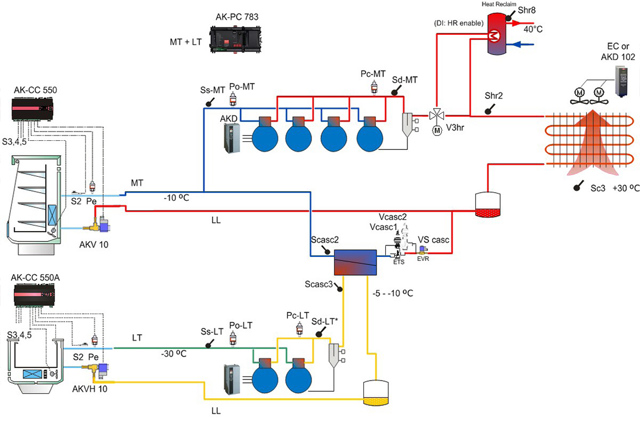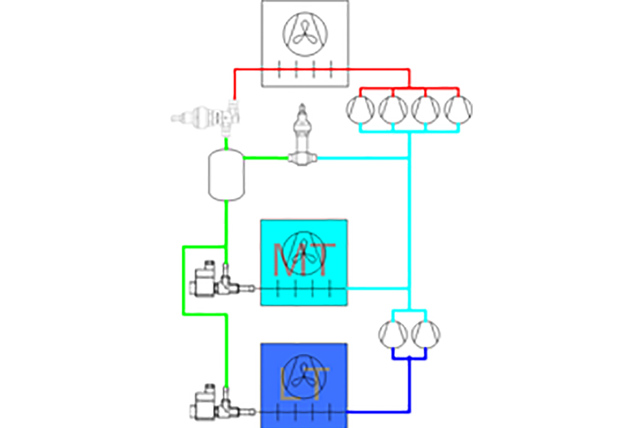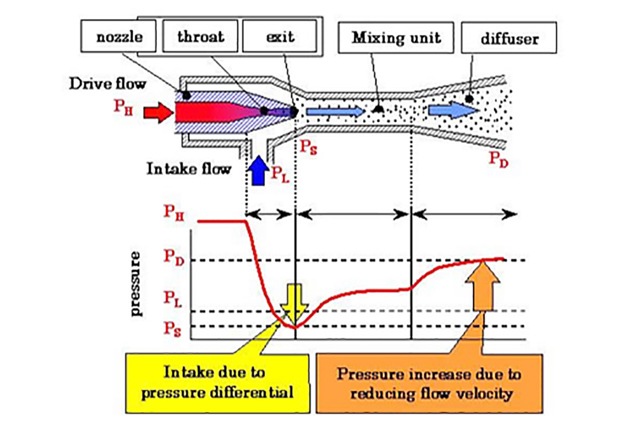For a decade or more, the potential of CO2 in supermarket refrigeration has been recognized in Northern Europe.Thanks to its unique properties, notably the high heat transfer coefficients and the low sensitivity to pressure losses, CO2 delivers high performance in supermarket applications.
In warmer climates, the advantages of CO2 in food retail applications have been disputed. In recent years, however, the interest from forward-thinking retailers has fueled the invention of new technologies that make transcritical CO2 systems in warmer climates both viable and profitable. New technologies are rapidly emerging as highly energy efficient solutions that help retailers reduce complexity and meet current and future regulation on traditional refrigerants.
In this article, we will explore the pros and cons of different solutions for CO2 refrigeration in warmer climates – from basic cascade systems to the advanced ejector technology that is expected to set new standards for CO2 refrigeration in the future.
CO2 is one of the most environmentally friendly refrigerants with a GWP of only 1; it is widely available as a by-product in a number of industries, and the price of CO2 is low.
Parallel Compression – Highly Efficient in Warm Climates
In the pursuit of simplification and energy efficiency, other solutions have surfaced to allow CO2 as the sole refrigerant in supermarket refrigeration. Parallel compression is the first step on the journey to make CO2 an attractive solution in warmer climates, especially for larger installations. Parallel compression is therefore steadily advancing as a highly energy efficient CO2 solution.
Parallel compression is a solution that compresses the excess gas at the highest possible pressure level to improve the energy efficiency. The solution yields significant improvement of COP in warm climates.




